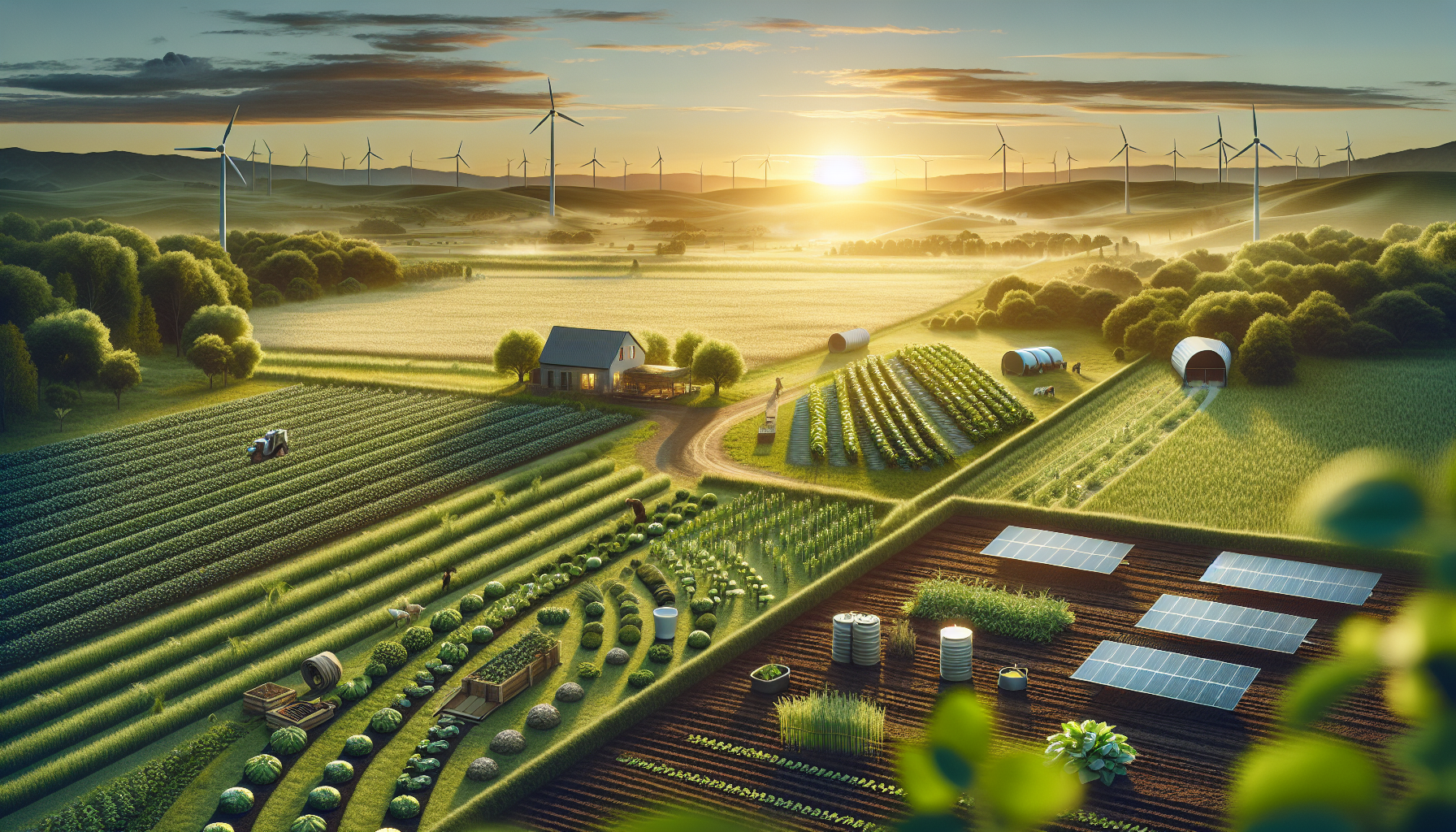As the global population approaches 8 billion, the demand for food rises commensurately, placing an unprecedented strain on the world’s resources. Sustainable agriculture has thus become not just a buzzword but a necessity, as traditional farming practices often lead to soil, water, and biodiversity degradation. This has prompted the agricultural sector to turn towards more sustainable techniques. Here, we explore cutting-edge methods that define 21st-century sustainable agriculture.
Integrated Pest Management (IPM)
One of the cornerstones of sustainable agriculture is the integration of pest management strategies that aim to reduce the use of chemical pesticides. Integrated Pest Management (IPM) is a holistic approach that combines techniques such as biological control, habitat manipulation, and resistant varieties. By promoting natural pest control mechanisms and only using chemicals as a last resort, IPM minimizes environmental damage and helps to preserve the existing ecosystem.
For example, instead of spraying broad-spectrum insecticides, farmers might release beneficial insects that prey on pests or plant trap crops that attract pests away from the main crop. With IPM, farmers can achieve balance, protecting their crops while ensuring that they do not harm the surrounding wildlife or the long-term health of their land.
Conservation Tillage
Traditional tillage practices can lead to significant soil erosion and the loss of organic matter. Conservation tillage is a method that reduces the frequency and intensity of tillage or, in some systems, eliminates it. Techniques such as no-till farming, strip-till, and reduced-till help to maintain soil structure, conserve moisture, and retain organic matter. Not only does this improve the health and productivity of the soil, but it also reduces fuel consumption and greenhouse gas emissions from farm equipment.
For instance, no-till farming allows crop residues from previous seasons to remain on the field, providing a natural mulch that suppresses weeds and maintains soil moisture. This approach requires specialized planting equipment, but the benefits to soil health and reduced labor can often outweigh these initial costs.
Crop Rotation and Polycultures
Monoculture, the agricultural practice of growing a single crop species over an extensive area year after year, can lead to pest proliferation and soil nutrient depletion. In contrast, crop rotation and polycultures involve growing various crops in a planned sequence or simultaneously, thus enhancing biodiversity and breaking pest and disease cycles.
Crop rotation may involve alternating between leguminous crops that fix nitrogen and cereal crops that deplete nitrogen. By doing so, farmers can maintain soil fertility without resorting to synthetic fertilizers. Polycultures go a step further by planting multiple crop species together, creating a diverse ecosystem supporting various beneficial organisms and natural synergies.
Agroforestry and Permaculture
Agroforestry is an innovative land-use system in which trees or shrubs are integrated alongside crops or livestock. This combination can lead to enhanced productivity, biodiversity, and sustainability. Trees can provide shade, act as windbreaks, and contribute to soil health through deep root systems and leaf litter. They can also serve as a source of additional income through timber or fruit production.
Permaculture is a broader design philosophy encompassing agroforestry but also includes water conservation, natural building techniques, and energy efficiency. It seeks to create agricultural systems that mimic the patterns and relationships found in natural ecosystems. Permaculture designs are increasingly popular among small-scale farmers and urban gardeners who wish to develop sustainable and self-sufficient food systems.
Precision Agriculture
With technological advances, precision agriculture has emerged to enhance efficiency and sustainability on larger farms. Utilizing GPS, drones, and satellite imagery, farmers can map their fields in extraordinary detail and make informed decisions about planting, watering, and harvesting.
For example, variable rate technology allows farmers to apply fertilizers, pesticides, and water only where needed, reducing waste and environmental impact. Soil and plant sensors can provide real-time data to farmers, enabling them to tailor their inputs to the current conditions of their crops. This data-driven approach maximizes yields while minimizing resources and helps sustain the land’s long-term productivity.
Urban Agriculture and Community Supported Agriculture (CSA)
Urban agriculture is reshaping how we think about food production in densely populated areas. City dwellers turn rooftops, balconies, and vacant lots into productive green spaces. These urban farms not only provide fresh produce but also reduce food miles, improve food security, and reconnect people with the origin of their food.
Community Supported Agriculture (CSA) is a partnership between farmers and consumers where consumers purchase a share of the harvest in advance, providing the farmer with upfront capital. This model encourages local, small-scale agriculture and creates a direct link between the producer and the consumer.

